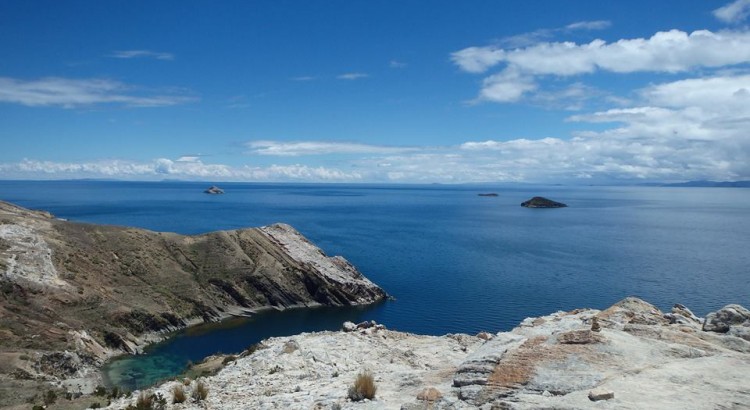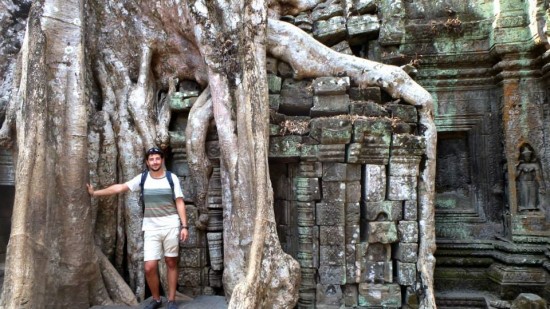Lake Titicaca is the largest lake in South America and is considered to be the highest navigable lake in the world, with a surface elevation of 3,812 metres. The lake is considered by some to be mystical and in some parts has depth of up to 300 metres.
Copacabana
We arrived at Copacabana in the wind and rain. This made the seaside town look rather bleak and our first impression of the lake was a little disapointing.
The town itself is fairly reasonably priced and we managed to get a private room with a lake view for B$50 each (just under £5). There are also many restaurants to go to and we could easily see how the town would be a great place to visit in the sun/high season.
The sunset was beautiful and a lot more impressive than on the Peruvian side.
From Copacabana we booked our trip to Isla del Sol, an island on Lake Titicaca. You can also book many other trips from Copacabana town to the other islands or private boat trips etc.
Isla del Sol
The Isla del Sol was a major pilgrimage destination in the Inca Empire. Situated on the Bolivian side of the lake with regular boat links to the Bolivian town of Copacabana, Isla del Sol (“Island of the sun”) is one of the lake’s largest islands.
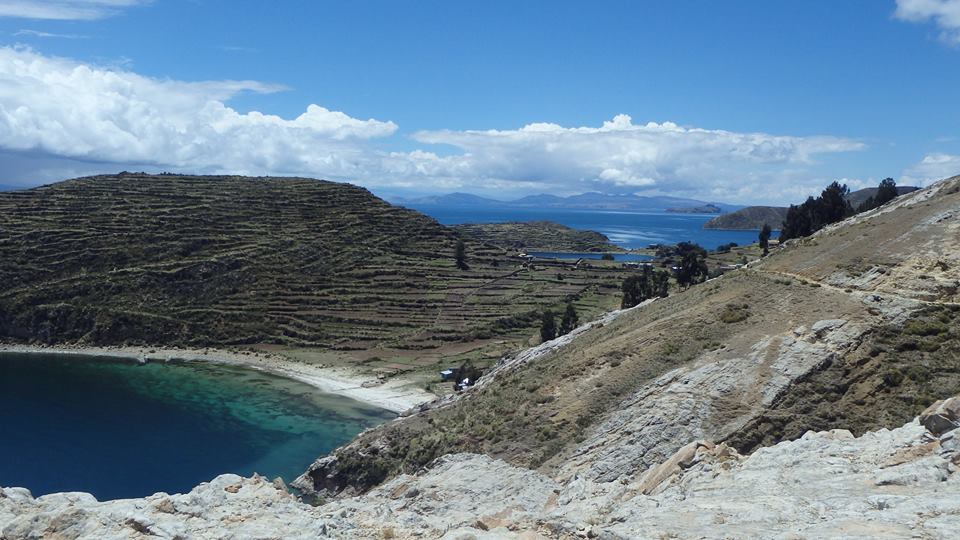
Geographically, the terrain is harsh; it is a rocky, hilly island. There are no motor vehicles or paved roads and the main economic activity of the approximately 800 families on the island is farming, with fishing and tourism augmenting the subsistence economy.
There are over 180 ruins on the island. Most of these date to the Inca period circa the 15th century AD.
Boat to the Island
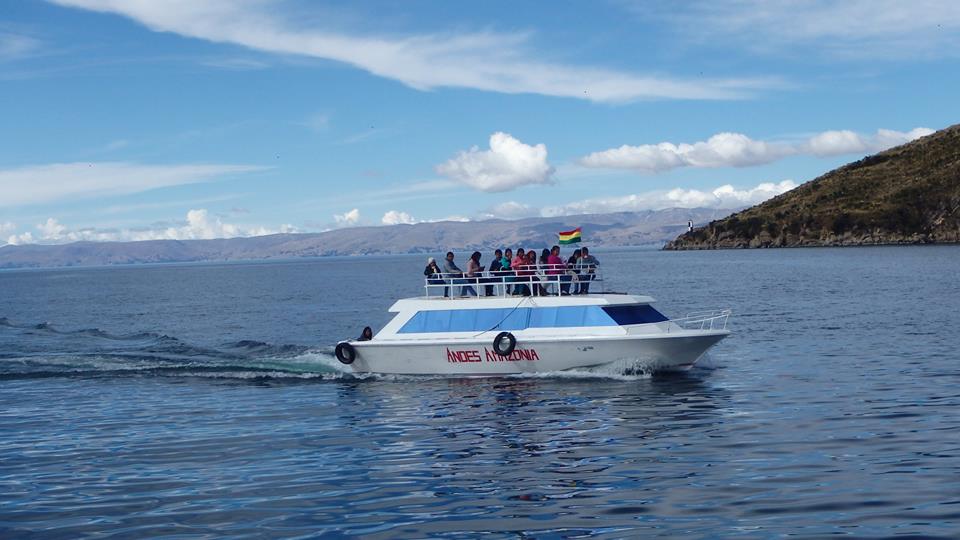
The boat drops you have at the north of the island (furthest away from the mainland) and you have an option to whether you want to walk the length of the island which takes 3 hours or you can get a boat to take you to the south.
When we first arrived at the island we bought our entry ticket and started the 45minute hike to the main viewpoint. On the way we came across pigs and donkeys and the locals farming on their land.
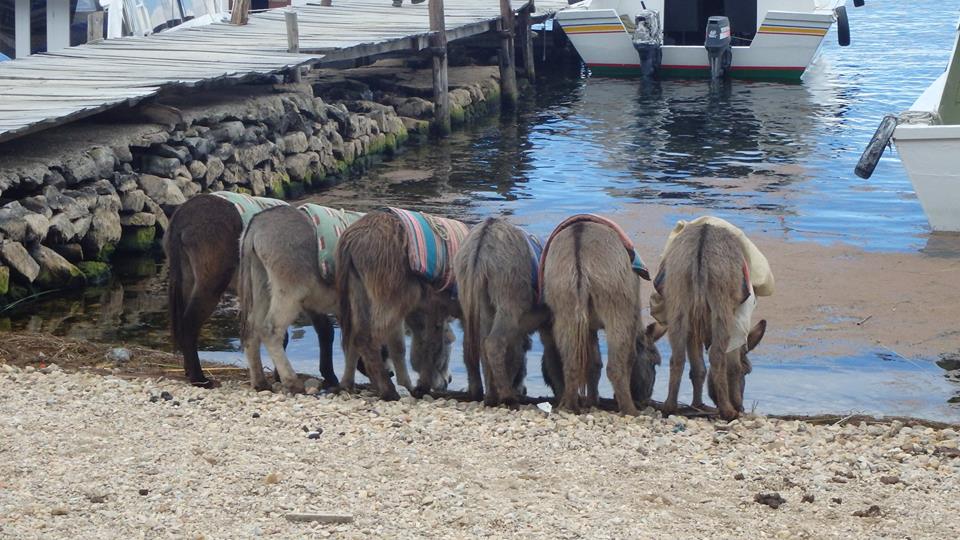
The views are beautiful and you start to get an idea of how huge the lake is.
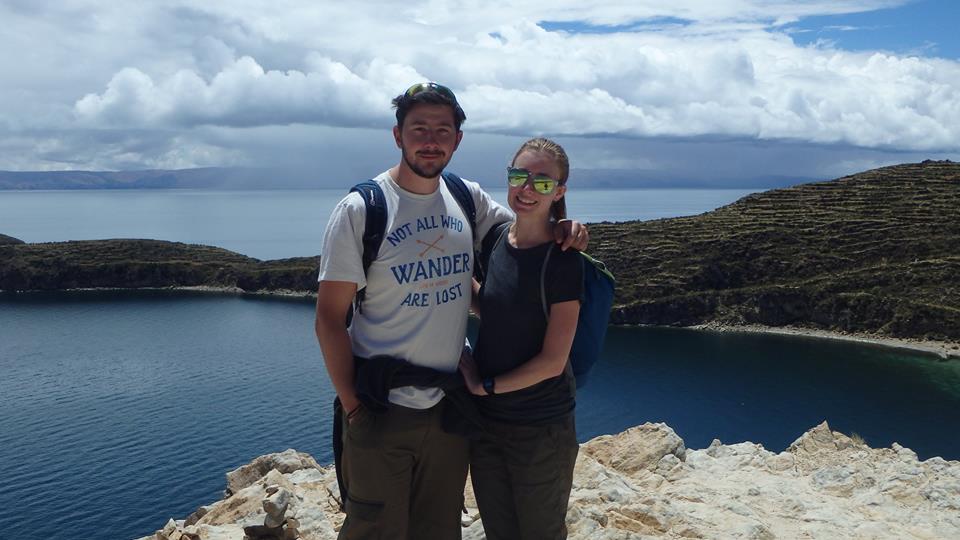
Luckily, it is pretty obvious which way you need to go to cross the island…these signs are not exactly much help!
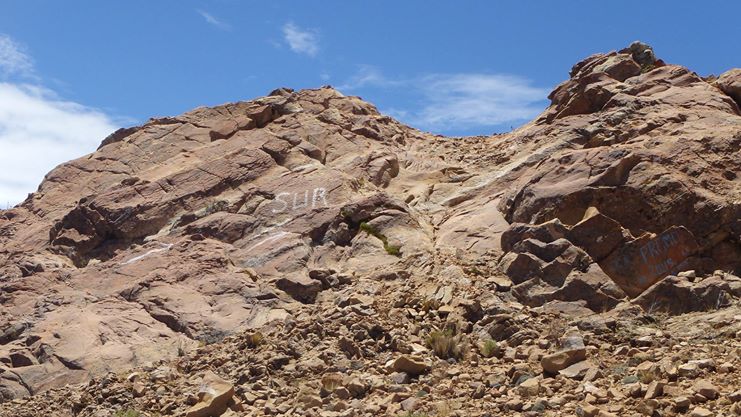
The walk is pretty steep and the scenery doesn’t change a great deal. We struggled as we weren’t feeling 100% but in theory the trek is for beginner level.
One thing to note is that there are a number of ‘taxes’ to pay as you travel across the island. Make sure you have enough cash with you otherwise you won’t be able to get across.
Copacabana to Puno
The journey from Copacabana to Puno (Peruvian side of the lake) takes 3-4hrs depending on border control. This just shows how vast the lake is.
We arrived in Puno, got our new currency and headed for our hostel. Here we could buy our tickets for the Uros Floating Islands, which we were luckily to get onto the following morning.
Uros Floating Islands
Arriving at the port you get on a comfortable boat which takes you to the Uros Islands. The journey only takes 30minutes and during that time a guide explains about the islands and the cultures.
Along the way you pass the first ship that was used on the lake. It was brought over from England in 2766 pieces in 1862!
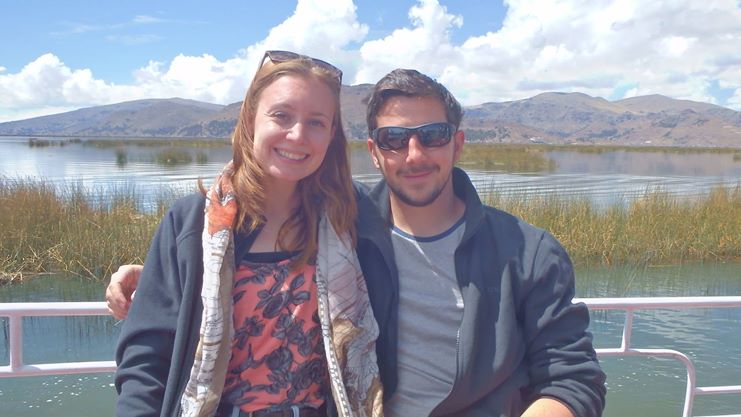
We arrived at the islands to be greeted by the indigenous community living there. First stepping on the island I couldn’t believe how much you sunk into it and that it actually moves when people walk around.

They explained how the island is made and maintained and how they live their daily lives. We ate the reeds which are meant to be hydrating and healing for the locals and are called the Uros Banana because of their shape and you peel them.
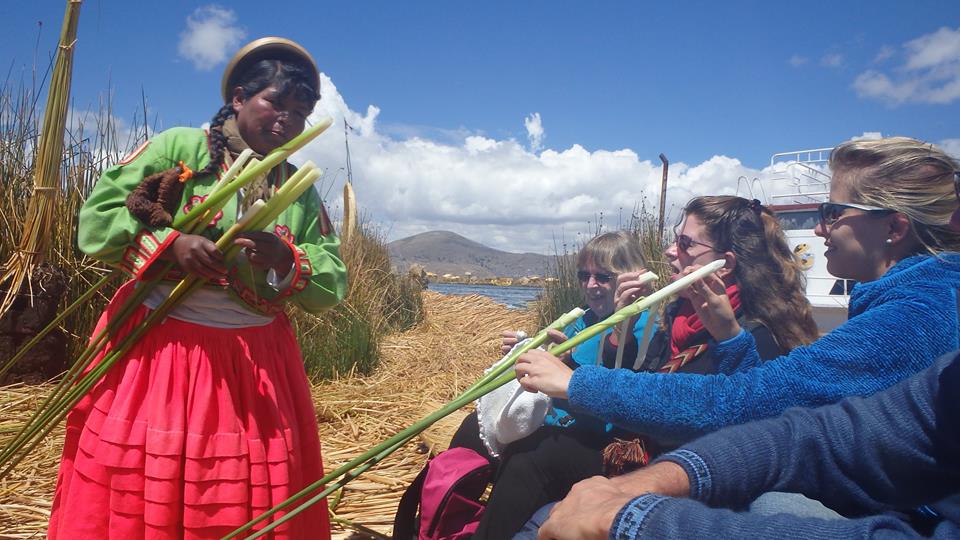
One of the ladies showed us into her room which was an incredible experience. It’s fascinating to see where she actually sleeps, dresses and watches TV. Yes, she has a solar powered television. The president of Peru came to visit the island and was upset to hear of all the fires that break out due to candlelight. He then delivered solar power to all the islands to prevent any future accidents which has made a huge difference to their lives.
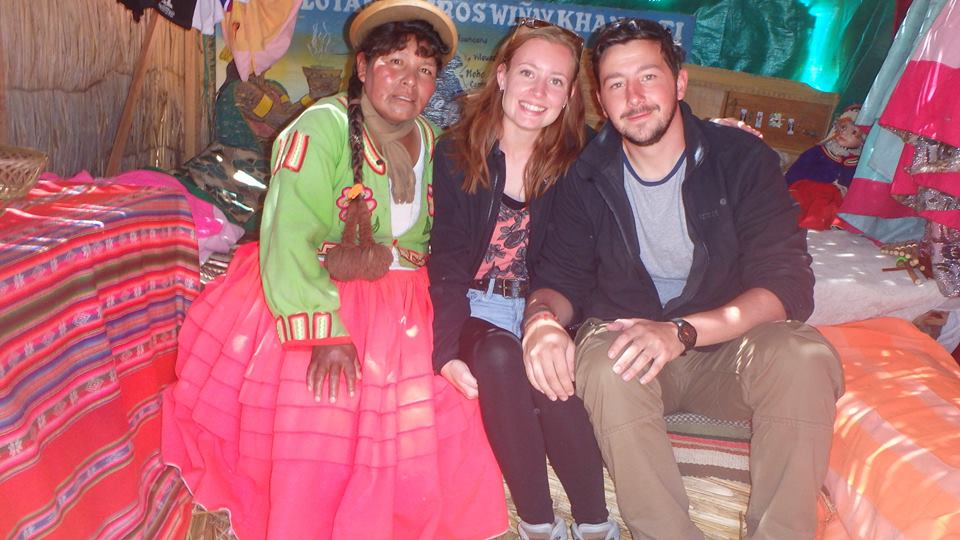
After we left the family we went on a reed boat ride. These traditional boats are how food and people are transported around the island and to Punos. They have to be rebuilt regularly as the reeds become soggy.

We really enjoyed are trip to the island and it was a lot less touristy than we were expecting from the stories we had heard. Each tour guide takes the group to seperate islands so it just depends who you visit and how many tourists are there. We did pass parts which looked really touristy so make sure you check this when booking.
Lake Titicaca is a beautiful place to visit. It is a must do if you are going to be crossing between Peru and Bolivia.
Click to See the Full Album